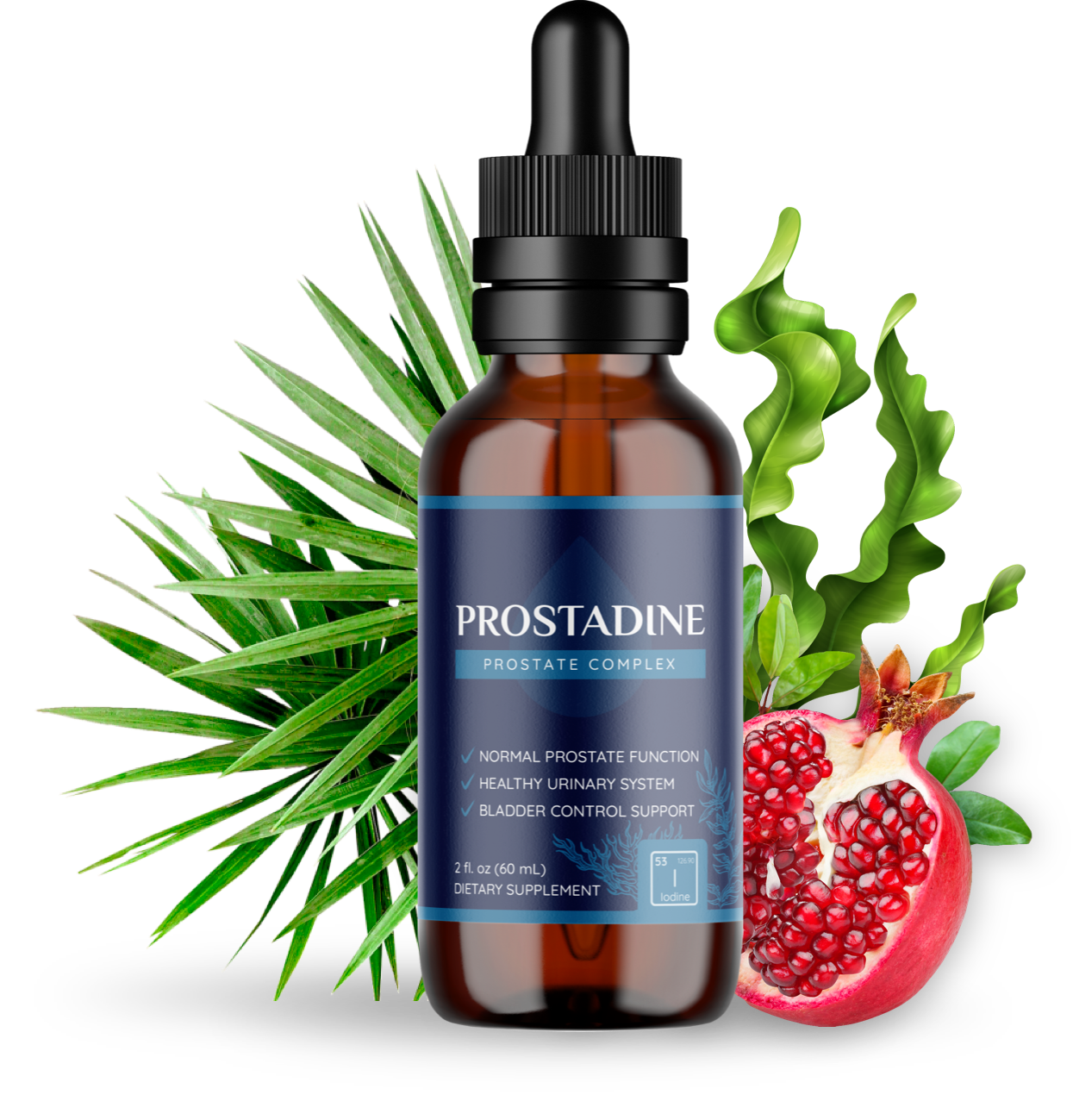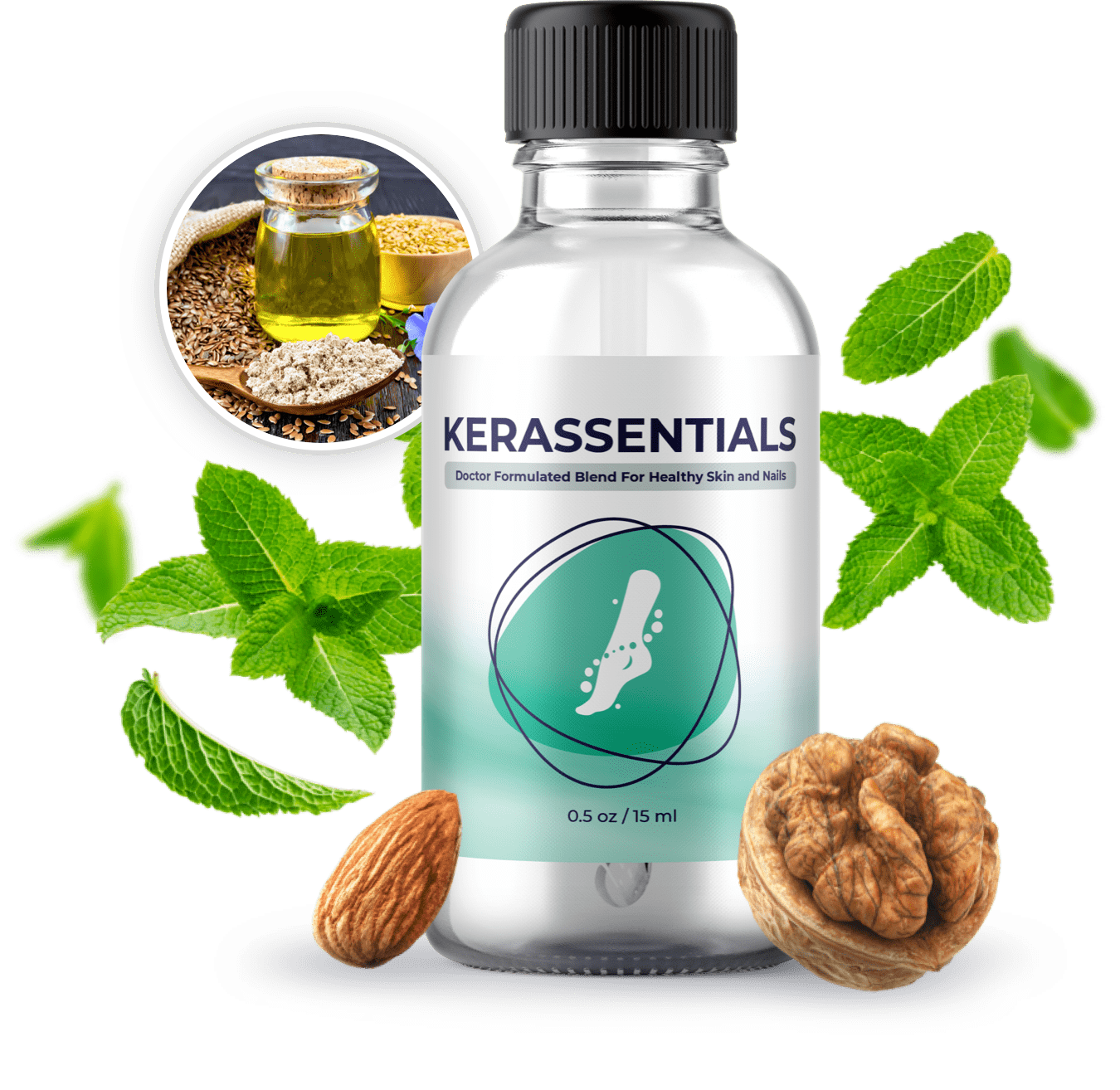She Had Never Run a Mile in Her Life, Then She Completed a 6-Day Ultramarathon at Age 31. Here’s How She Did It
“If your dream doesn’t scare you, it’s not big enough.”
Vriko Kwok knew the fourth day of her six day ultramarathon was going to be the hardest one. She had some ground to make up if she was going to achieve her goal of running a total of 300 kilometers (a little over 186 miles) over six consecutive days— around 50 kilometers (31 miles) every day.
She woke up at 4 a.m. ready to work, and did she ever. She ran non-stop, except for gear changes, for nine and a half hours straight. But just two loops away from her day’s goal, she sat utterly gassed in a rest tent, feeling she had nothing left to give—not even tears.
What happened next encapsulated how she managed to meet—and even surpass—her 300-kilometer goal and run 303.31 kilometers (188 miles) in the Lululemon Further ultramarathon as a 32-year-old novice runner who had never logged even a mile before committing to ultramarathon training just 11 months earlier.
Kwok is a Hong Kong-based former Brazilian Jiu-Jitsu competitor and entrepreneur. In early 2023, Lululemon announced her as a member of the 10-woman Further ultramarathon, an initiative held March 6-12, 2024 in La Quinta, California, that would contain a research component conducted in partnership with the Canadian Sport Institute Pacific (CSIP).
Each woman set an individual goal they would attempt to meet over the course of the race. By documenting and studying each woman’s training and performance, Lululemon and CSPI aimed to further awareness, understanding, and research in women’s endurance athletics.
Other members of the team included ultramarathon world record holder Camille Herron, ultramarathoner and activist Mirna Valerio, and other public figures and athletes of many nationalities, backgrounds, and body types. While experience on the team varied—and it was a challenging undertaking for all involved—Kwok was the lone distance running beginner. Nevertheless, at the Further launch in May 2023, she announced her 50K per day goal to get to 300K total, which amounts to running an ultramarathon every single day.
“I remember starting Further. The night before, I was talking to my partner, and I was like, ‘Do you think I could actually do this?’” Kwok says. “Even the day we were starting, I was still having doubts because it was just too big of a challenge. But one quote I always go back to is ‘If your dream doesn’t scare you, it’s not big enough.’ And I definitely like to pick my biggest dream to crack.”
Over the next 11 months, Kwok trained with Further teammate Stefanie Flippin, a running coach, doctor, and ultramarathoner who holds the 2021 women’s title for the fastest 100-mile run, to literally go from zero to 300 (kilometers). Starting with walk-runs that were under an hour long and laddering up to marathons, she ended up running 2,700 kilometers (1,677 miles) over the course of her training, logging 30 hours a week of running and other forms of training.
Those are the nuts and bolts of how Kwok did it. But there’s a bigger story behind the numbers.
“One quote I always go back to is ‘If your dream doesn’t scare you, it’s not big enough.’ And I definitely like to pick my biggest dream to crack.” —Vriko Kwok
While Kwok sat depleted in the rest tent at the end of day four, she was spotted by Further teammate Montana Farrah-Seaton, a member of Australia’s national basketball team and experienced long-distance runner. Farrah-Seaton greeted her with a big hug, and emotions poured out of both women as they affirmed how proud they were of each other.
When Farrah-Seaton asked Kwok how she was feeling with her arms cupped around Kwok’s head, Kwok replied “F*cking awful.” Farrah-Seaton didn’t deny or minimize those emotions. Instead, she offered to go back out on the course together.
The women started with a walk, but as they approached the final miles before Kwok’s 100-mile goal, more Further teammates joined the march toward the finish line, putting aside their own pace and mileage goals. Kwok and her teammates finished running Kwok’s 100th mile together.
“It was the highest high of my experience,” Kwok says. “Contrary to many people’s thinking, Further is actually not just about one individual. If there’s one thing Further has shown the world, [it’s that] running is very much a team sport.”
After meeting that goal, Kwok took her first real rest of the day.
“I actually took a good one-and-a-half hour break to just nap, to eat, to feel well rested again,” Kwok says. “Then I went back out and did another half marathon before calling it at night.”
Through listening to and nourishing her body, resting when necessary, staying focused on her goal, and, most of all, being surrounded by people who truly cared about and understood her, the end of day four encapsulated both what Further was all about for Vriko Kwok, and how she felt while ultramarathon training and running the race itself. It’s an achievement she hopes others will learn from to find their own finish line.
“Our journey may be about running, but it is so much bigger than running,” Kwok says. “I really hope that our combined story can help more women and more humans in the community look into themselves and ask, ‘What is their own version of Further?’”
How Kwok went from being a beginner to running 303K over six consecutive days
1. She took a “wellness first” approach
As a Brazilian Jiu-Jitsu competitor, Kwok was used to pushing through pain no matter what.
“I would drill 10 hours a day sparring with different partners and I dislocated my shoulder and broke a couple of my fingers,” Kwok says. “My training partners would tell me to just suck it up and deal with your pain and keep going.”
To train and ultimately race in Further, that approach wasn’t going to cut it because Kwok knew she had to get to the starting line injury free if she was going to do the race at all.
“I thought coming into running would be an even harder form of workout, which it is on some level,” Kwok says. “But in a grander scheme, I actually learned a lot of things about my body and how to take care of it and prioritize my self-care in the journey of running because in order to perform I just have to feel really well, I have to eat really well, I have to rest really well. And the fact that I take care of myself in that sense is the reason why I could do Further.”
Putting “wellness first” into practice meant staying in close communication with coach Flippin. If Kwok was feeling depleted, Flippin would advise her to back off on her mileage goals for the week and not move onto the next goal until she was feeling well and truly ready.
Additionally, those 30 hours a week of training incorporated yoga, stretching, and physical therapy. In other words, training hours were dedicated to recovery, mobility, and flexibility just as much as they were to building strength and endurance.
The wellness first approach paid off.
“I went into [Further] without any injury, I came out of it without any injury, I didn’t even have one single blister coming out of six days of running,” Kwok says.
2. She strength trained
Those ultramarathon training hours also incorporated plenty of strength training. Weight training for running is an under-appreciated component of training. It ensures runners are able to engage their muscles—notably the glutes and hamstrings— which can too often go un-engaged, so runners can make the most of every stride.
Building muscles around joints also reduces the impact around those joints, which is crucial for a high-impact exercise like running to prevent injury. In that way, strength training was also a part of the wellness first ethos.
“Most of the time, I was using my training hours to take care of my body,” Kwok says. “We do lots of weight training to strengthen the lower body. I’m a bigger girl, and as I was coming in from Jiu-Jitsu, I had my own injury coming into running. So we very much focused on weight training for the lower body to strengthen all the muscles for running.”
“I believe that whatever you are doing, find your people and then you’ll be able to push further.” —Vriko Kwok
3. She found a balanced goal and didn’t “move the pole”
To avoid burning out during training, Kwok didn’t change or increase her goal as she found herself able to run longer distances. The 300K goal was certainly a massive one. But in contrast to the big goals she set herself in prior years, she went into the Further challenge with the same goal she set at the outset.
“I always say not to ‘move your pole’ because I remember in my 20s I always moved my pole, which is, I want to do this thing, and when I got there, I would try to just move the pole to make it even more challenging,” Kwok says. “Pick challenges that push the envelope without overdoing it.”
4. She used the right gear
The Lululemon gear, including the beyondfeel shoes and forthcoming Support Code Bra, helped Kwok avoid blisters and chafing. While Further athletes had custom race kits made for them—and that’s not something every athlete can do—not settling for something that doesn’t fit or feel right was a priority Kwok urges others to take to heart.

You can run in the same shoes Vriko Kwok and the other barrier-breaking Further athletes wore as they collectively ran 2,880+ miles over six consecutive days. The design of the neutral shoe is based on over 1 million women’s foot scans to specifically serve female runners.
5. She harnessed insights about her body
Throughout the Further team’s ultramarathon training, CSPI tested biometrics like VO2 max (the maximum amount of oxygen your body uses while exercising) to gain insight into women’s endurance performance. That enabled Kwok to learn about the limits of her body and how she processed energy.
Those tests helped her identify different paces, from her max effort to her “forever pace,” meaning she knew just how to push when she needed some extra oomph and how to pace herself when what she needed was to just sustain motion. Kwok actually tapped into that forever pace at the end of day four, when she ran that extra half marathon after her hour and a half rest.
“It enabled me and empowered me to know at what pace I could keep running forever without feeling tired,” Kwok says. “I was actually using that pace to run those four laps back to back. It’s funny, the thought I had after those four laps was, ‘Oh damn, I’m a runner now. I really am a runner now. What’ve they done to me?’”
6. She found her people
Without hesitation, Kwok says working as part of a team training for and running the ultramarathon was what enabled her to get through it, and what she is most proud of. While Kwok was training in Hong Kong, she would feel lonely at times, but the thought that her mostly U.S.-based teammates were also out there clocking mile after mile helped her go on.
“This experience has taught me so much, and out of everything, I think it was definitely the love and support I share with my teammates and how we have that for one another,” Kwok says. “The idea of community, the idea of how you can do this as a team, that would be hopefully my idea or my message to share with the audience because I believe that whatever you are doing, find your people and then you’ll be able to push further.”
Recommended Story For You :

The alpine secret for healthy weight loss

The Most Potent Fast-Acting Formula For Incinerating Stubborn Fat

Real Cortexi Users Real Life‑Changing Results

This Cold Drink Might Trigger Your Prostate

Red Boost is a powerful new formula for boosting male sexual health.

Everything you eat or drink eventually reaches your liver for processing.

Brand New Probiotics Specially Designed For The Health Of Your Teeth And Gums

Empowering You to Take Control of Your Blood Sugar Health!

Scientists Finally Discover the Root Cause of Belly Fat and Unexplained Weight Gain


